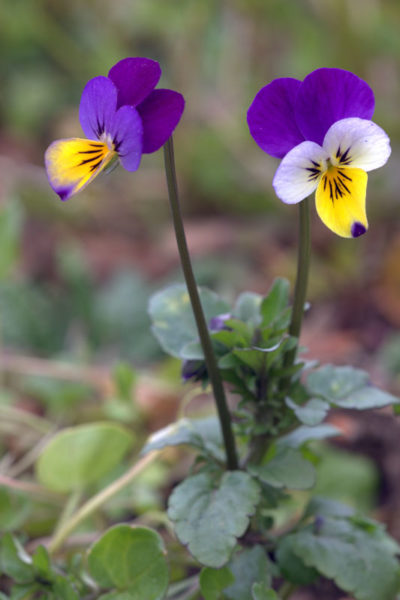Pansy, wild (Viola tricolor)

The wild pansy is an annual to perennial herbaceous medicinal plant from the violet family.
The plant, which reaches about 10 cm in height and has tricoloured flowers, is found in the temperate zones of Europe and Asia. Viola tricolor is a species that is rich in form and likes to crossbreed, including the field pansy (Viola tricolor arvensis) as a subspecies. However, only the herb of the wild pansy is used pharmaceutically.
Its valuable constituents are flavonoids, methyl salicyl glycosides, phenolic carboxylic acids, mucilages and saponins. Salicylic acid, which is similar to the effect of aspirin, is responsible for the anti-inflammatory and pain-relieving effect. Furthermore, the herb has cell-protective, antimicrobial and cortisone-like effects. In addition, it is effective against nerve pain, is diuretic and diaphoretic, and promotes expectoration.
Wild pansy is used medicinally internally or externally as a tea infusion, as a wash or in the form of an alcoholic extract.
Phytotherapeutically, the herb is used for various skin diseases, dry or weeping eczema, cradle cap and psoriasis. Folk medicine uses wild pansies for napkin dermatitis, itchy, inflammatory skin irritations, but also internally for inflammations of the respiratory tract, febrile diseases, gout and rheumatism.
Of great research interest is the newly discovered class of cyclic peptides contained in wild pansies, the “cyclotides”. These have antiviral and cell division-inhibiting effects.